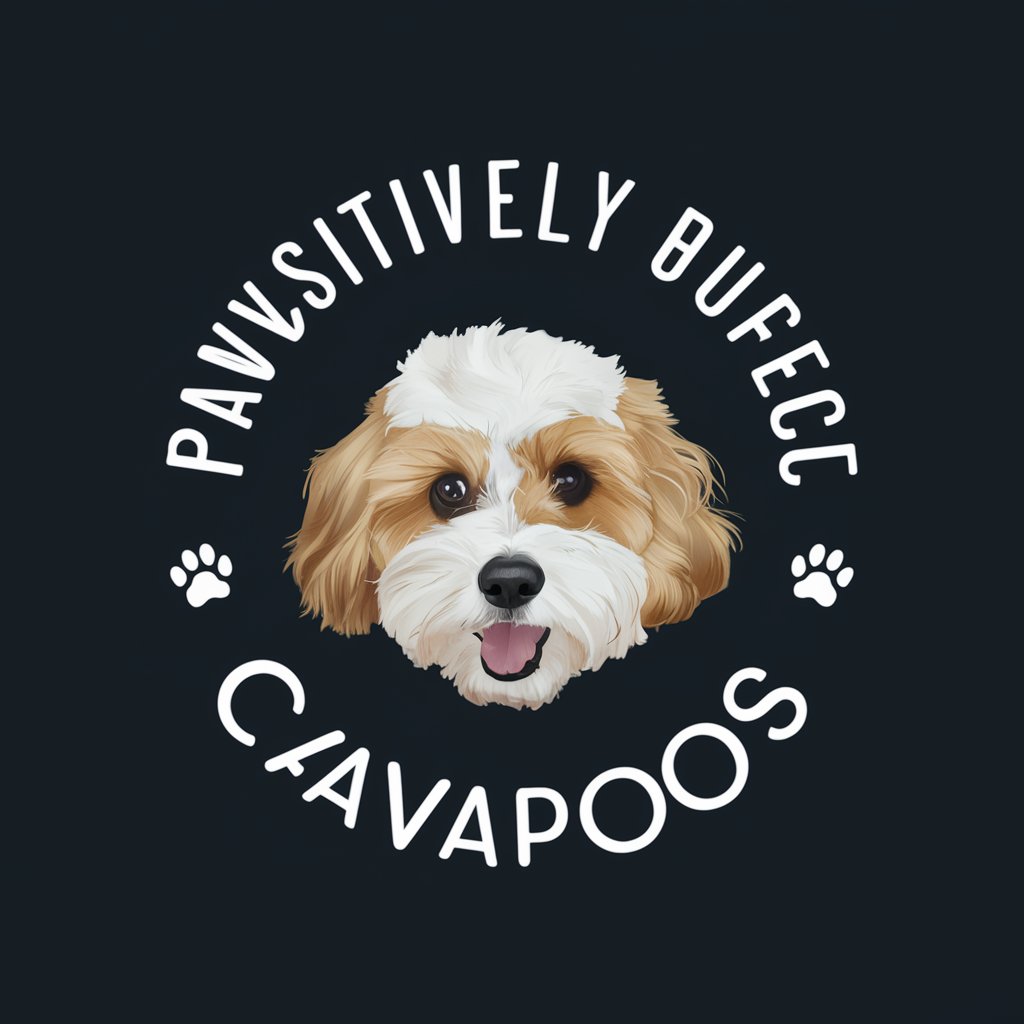How to Help Your Cavapoo Dog Overcome Separation Anxiety: A Comprehensive Guide
Dog overcome separation anxiety, especially affectionate breeds like Cavapoos, can be distressing for both the pet and the owner. Known for their friendly and loyal nature, Cavapoos form strong bonds with their families, making them prone to anxiety when left alone. If your Cavapoo exhibits signs of separation anxiety, such as excessive barking, destructive behavior, or even accidents indoors, addressing the issue early is essential. This guide will walk you through practical steps to help your furry friend feel secure and happy, even when you’re not around.

Understanding Separation Anxiety in Cavapoos
Separation anxiety occurs when a dog experiences extreme distress due to being left alone or separated from its owner. Here are some common symptoms in Cavapoos:
- Excessive Barking or Howling: Vocalization that starts soon after you leave.
- Destructive Behaviors: Chewing furniture, scratching doors, or tearing objects.
- Pacing or Restlessness: Continuous movement or signs of nervousness.
- Inappropriate Elimination: Urinating or defecating indoors despite being house-trained.
- Clinginess: Refusing to leave your side when you’re home.
Why Are Cavapoos Prone to Separation Anxiety?
Cavapoos are bred from Cavalier King Charles Spaniels and Poodles—two breeds known for their people-oriented temperament. This makes them exceptionally loving but also more susceptible to anxiety when left alone.
Steps to Help Your Cavapoo Dog Overcome Separation Anxiety
1. Gradual Desensitization
Desensitization involves teaching your Cavapoo to tolerate being alone. Here’s how to do it:
- Start Small: Leave your dog alone for a few minutes and gradually increase the duration over time.
- Practice Departures: Pretend to leave by grabbing your keys or putting on your shoes without actually going. This helps your Cavapoo associate these cues with calm behavior.
- Create a Positive Association: Give your dog a treat or toy when you leave, so they begin to look forward to your absence.
2. Establish a Consistent Routine
Dogs thrive on routine. A predictable schedule helps your Cavapoo feel secure. Include the following in your routine:
- Set Regular Mealtimes: Feed your dog at the same time each day.
- Daily Exercise: A tired dog is less likely to feel anxious. Take your Cavapoo for walks, play fetch, or engage in mentally stimulating activities.
- Scheduled Alone Time: Even when you’re home, encourage your dog to spend time in another room to practice independence.
3. Create a Safe Space
Provide your Cavapoo with a designated area where they feel comfortable and secure. This could be:
- A Crate: Many dogs find comfort in a properly sized crate. Ensure it’s a positive space by adding blankets and toys.
- A Quiet Room: Set up a cozy spot with their bed, toys, and perhaps some calming music or white noise.
4. Use Enrichment Toys
Interactive toys can keep your Cavapoo occupied and reduce anxiety. Some options include:
- Puzzle Toys: These challenge your dog mentally, keeping them focused and distracted.
- Treat-Dispensing Toys: Fill a Kong with peanut butter or freeze treats inside to provide prolonged entertainment.
- Chew Toys: These can help relieve stress and provide a natural outlet for your dog’s energy.
5. Practice Calming Techniques
Calming techniques can help reduce your Cavapoo’s overall anxiety levels:
- Counter-Conditioning: Teach your dog to associate being alone with positive experiences, such as receiving a special treat.
- Calming Commands: Train your dog to respond to cues like “relax” or “settle” to help them stay calm.
- Massage Therapy: Gentle petting or massage can have a soothing effect on your Cavapoo.
6. Use Technology to Stay Connected
Technology can ease separation anxiety by allowing you to interact with your Cavapoo even when you’re away:
- Pet Cameras: Devices like Furbo let you check on your dog, talk to them, and even dispense treats remotely.
- Soothing Sounds: Use apps or smart devices to play calming music or audiobooks designed for dogs.
7. Seek Professional Help if Needed
If your Cavapoo’s separation anxiety is severe, consider professional assistance:
- Dog Trainers: A certified trainer can help you implement advanced desensitization techniques.
- Behaviorists: Animal behaviorists can provide tailored strategies based on your dog’s specific needs.
- Veterinarians: In extreme cases, medication may be necessary to help your dog manage anxiety.
Preventing Separation Anxiety in Puppies
If you’re raising a Cavapoo puppy, start early to prevent separation anxiety:
- Encourage Alone Time: Gradually introduce short periods of independence from a young age.
- Socialize Your Puppy: Exposure to different people, environments, and experiences helps build confidence.
- Avoid Over-Attachment: While bonding is important, avoid constant physical contact or attention that can lead to dependency.
FAQs About Cavapoo Separation Anxiety
1. Can separation anxiety in Cavapoos be cured?
Yes, with patience, consistency, and proper training, a dog overcome separation anxiety. Severe cases may require professional help.
2. How long does it take to see improvement?
Progress varies depending on the dog. Some Cavapoos show improvement in weeks, while others may take months of consistent effort.
3. Are there any calming products I can use?
Yes! Calming sprays, pheromone diffusers, or supplements like CBD treats (vet-approved) can help reduce anxiety.
4. Should I get another pet to keep my Cavapoo company?
While a companion can help in some cases, it’s not a guaranteed solution. Training should still be your primary approach.
Conclusion
Helping your Cavapoo dog overcome separation anxiety requires time, patience, and consistent effort. By understanding their needs and using positive reinforcement, you can ease their anxiety and build their confidence. Remember, every small step counts, and your love and commitment can make a world of difference in your Cavapoo’s emotional well-being.
Would you like more tips or help with specific challenges? Let me know!









